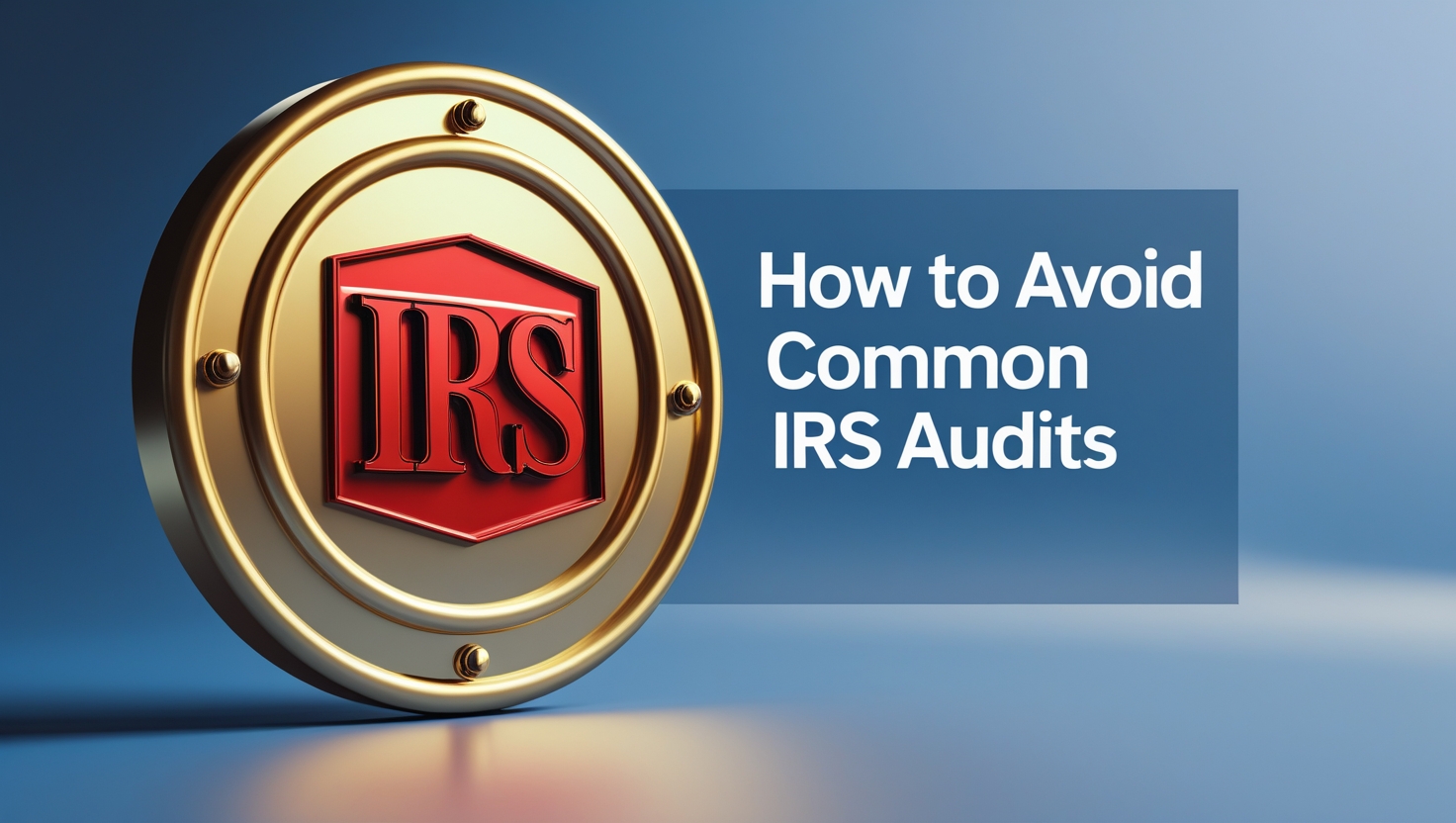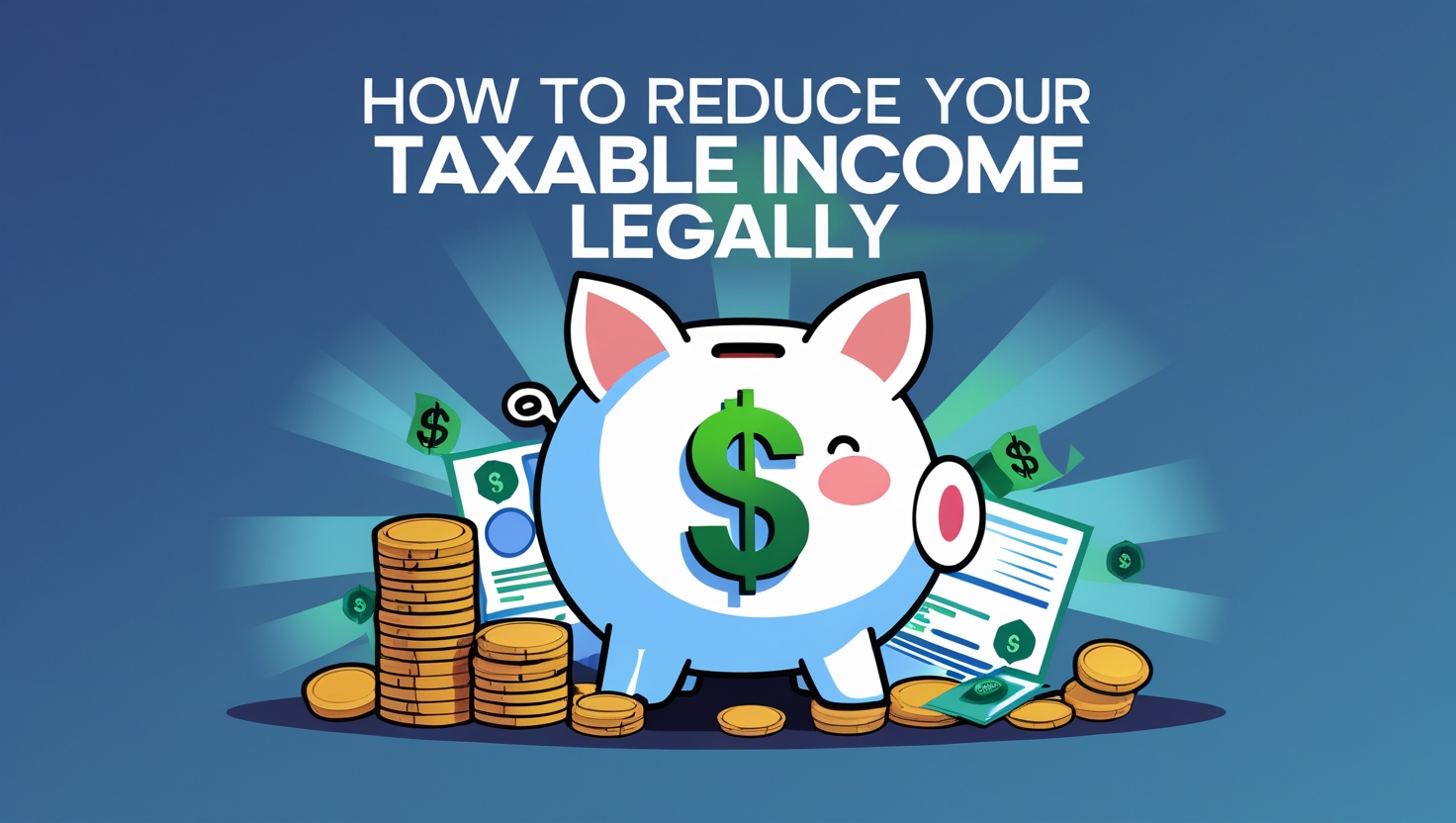Tax season can feel like a maze, especially when you’re trying to figure out which credits and deductions you qualify for. But if you’re working and earning a low to moderate income, there’s one credit you definitely don’t want to miss: the Earned Income Tax Credit, or EITC. This credit can put hundreds or even thousands of dollars back in your pocket, and the best part is, it’s refundable. That means if the credit is more than what you owe in taxes, you get the difference as a refund. Sounds pretty great, right? Let’s break down everything you need to know about claiming the EITC in 2025, step by step.
What Is the Earned Income Tax Credit?
First things first, let’s talk about what the EITC actually is. The Earned Income Tax Credit is a tax benefit designed to help working individuals and families with low to moderate incomes. It’s been around since the mid-1970s, and it’s one of the most significant anti-poverty tools in the U.S. tax code. The amount of the credit depends on your income, filing status, and how many kids you have (if any). The more kids you have, the bigger the credit—up to a certain point, of course.
For 2025, the IRS will adjust the income limits and credit amounts for inflation, so the numbers might be slightly different from previous years. But the basic idea remains the same: if you’re working and earning under a certain amount, you could qualify for this credit. And trust me, it’s worth looking into.
Who Qualifies for the EITC?
Not everyone can claim the EITC, so let’s go over the basic eligibility requirements. To qualify, you must meet the following criteria:
- You must have earned income. This means income from working, like wages, salaries, tips, or self-employment earnings. Investment income, like dividends or interest, doesn’t count.
- Your income must fall below certain limits. The exact limits depend on your filing status and how many kids you have. For example, in 2025, if you’re single with no kids, your income must be below a certain threshold (let’s say around $16,000, but check the IRS website for the exact number). If you’re married filing jointly with three kids, the limit will be higher.
- You must have a valid Social Security number. Both you and your spouse (if filing jointly) and any qualifying children must have valid SSNs issued by the Social Security Administration.
- You must meet the rules for qualifying children (if applicable). If you’re claiming the EITC with kids, they must meet certain criteria, like age, relationship to you, and residency. For example, the child must be under 19 (or under 24 if they’re a full-time student) and must have lived with you for more than half the year.
- You can’t file as “Married Filing Separately.” If you’re married, you generally need to file a joint return to claim the EITC.
- You must be a U.S. citizen or resident alien all year. If you’re a nonresident alien, you usually don’t qualify unless you’re married to a U.S. citizen or resident alien and choose to be treated as a resident for tax purposes.
- You can’t be claimed as a dependent on someone else’s tax return. If someone else can claim you as a dependent, you’re out of luck for the EITC.
These are the basics, but there are a few more rules and exceptions, so it’s always a good idea to double-check the IRS guidelines or talk to a tax professional if you’re unsure.
How Much Is the EITC Worth?
The amount of the EITC depends on your income, filing status, and number of qualifying children. For 2025, the maximum credit amounts will likely be adjusted for inflation, but here’s a rough idea based on previous years:
- No qualifying children: The maximum credit might be around $600.
- One qualifying child: The maximum credit could be around $3,700.
- Two qualifying children: The maximum credit might be around $6,100.
- Three or more qualifying children: The maximum credit could be around $7,400.
Keep in mind that these numbers are estimates, and the actual amounts for 2025 will be announced by the IRS closer to tax season. Also, the credit phases out as your income increases, so if you earn more than a certain amount, your credit will be reduced or eliminated altogether.
How to Claim the EITC in 2025
Now that you know what the EITC is and whether you might qualify, let’s talk about how to actually claim it. Here’s a step-by-step guide to help you through the process:
Step 1: Gather Your Documents
Before you start filling out your tax return, make sure you have all the necessary documents. Here’s a checklist of what you’ll need:
- W-2 forms from your employer(s)
- 1099 forms if you’re self-employed or have other income
- Social Security numbers for yourself, your spouse (if filing jointly), and any qualifying children
- Records of any other income, like unemployment benefits or alimony
- Proof of expenses if you’re self-employed
- Bank account information if you want your refund direct-deposited
Having all your documents ready will make the process a lot smoother.
Step 2: Choose the Right Tax Form
To claim the EITC, you’ll need to file a tax return, even if you don’t owe any taxes. Most people use Form 1040, but if your income is below a certain level, you might be able to use the simpler Form 1040-EZ or Form 1040-A. However, starting in 2025, the IRS has streamlined its forms, so make sure you’re using the correct version.
Step 3: Fill Out Schedule EIC
If you have qualifying children, you’ll need to fill out Schedule EIC (Earned Income Credit) and attach it to your tax return. This form asks for information about your children, like their names, ages, and Social Security numbers. If you don’t have qualifying children, you don’t need to fill out this form, but you’ll still need to provide your own information on the main tax form.
Step 4: Calculate Your Earned Income
The EITC is based on your earned income, so you’ll need to calculate how much you made from working during the year. This includes wages, salaries, tips, and self-employment income. If you’re self-employed, you’ll need to subtract your business expenses from your gross income to determine your net earnings.
Step 5: Determine Your Adjusted Gross Income (AGI)
Your AGI is your total income minus certain deductions, like contributions to a traditional IRA or student loan interest. The EITC is based on your AGI, so make sure you calculate this correctly. If you’re using tax software, it will usually do this for you automatically.
Step 6: Check the EITC Tables
The IRS provides EITC tables that show how much credit you’re eligible for based on your income, filing status, and number of children. You can find these tables in the instructions for Form 1040 or on the IRS website. Look up your AGI and filing status to find your credit amount.
Step 7: Enter the Credit on Your Tax Return
Once you’ve determined your EITC amount, enter it on the appropriate line of your tax return. If you’re using tax software, it will usually do this for you. If you’re filing a paper return, make sure you double-check the line numbers, as they can change from year to year.
Step 8: Double-Check Your Work
Before you submit your tax return, take a few minutes to review everything. Make sure all your information is accurate, especially your Social Security numbers and income amounts. Mistakes can delay your refund or even cause you to lose out on the credit.
Step 9: File Your Tax Return
Once you’re confident everything is correct, it’s time to file your tax return. You can file electronically (which is faster and more secure) or mail in a paper return. If you’re expecting a refund, consider choosing direct deposit to get your money faster.
Step 10: Keep Records
After you’ve filed your tax return, make sure to keep copies of all your documents, including your W-2s, 1099s, and a copy of your tax return. You’ll need these records if the IRS has any questions or if you need to amend your return later.
Common Mistakes to Avoid
Claiming the EITC can be a bit tricky, and mistakes are common. Here are a few things to watch out for:
- Incorrect Social Security numbers. Make sure all the SSNs on your tax return match the ones issued by the Social Security Administration. Even a small typo can cause problems.
- Filing status errors. If you’re married, you usually need to file a joint return to claim the EITC. Filing separately will disqualify you.
- Income reporting mistakes. Be sure to report all your income, including self-employment income and tips. Underreporting your income can lead to penalties.
- Qualifying child errors. Make sure your children meet all the criteria for the EITC. If they don’t, you could lose the credit.
- Missing the deadline. The deadline to file your tax return and claim the EITC is usually April 15. If you need more time, you can file for an extension, but you’ll still need to pay any taxes you owe by the original deadline.
What If You Made a Mistake?
If you realize you made a mistake on your tax return after you’ve already filed it, don’t panic. You can file an amended return using Form 1040-X. This form allows you to correct errors or update information, like adding a forgotten W-2 or claiming a credit you missed. Just be aware that processing an amended return can take several weeks or even months, so it’s best to get it done as soon as possible.
What If You Can’t Afford to Pay a Tax Professional?
If you’re worried about the cost of hiring a tax professional, there are free resources available to help you. The IRS offers free tax preparation through the Volunteer Income Tax Assistance (VITA) program for people who earn $60,000 or less, persons with disabilities, and limited English-speaking taxpayers. There’s also the Tax Counseling for the Elderly (TCE) program, which provides free tax help for people aged 60 and older. You can find a VITA or TCE site near you by visiting the IRS website.
The Bottom Line
The Earned Income Tax Credit is a valuable benefit that can make a big difference for working individuals and families. If you think you might qualify, it’s definitely worth taking the time to claim it. Just make sure you follow the rules, double-check your work, and file your tax return on time. And if you’re ever unsure about something, don’t hesitate to reach out for help. Whether it’s from the IRS, a tax professional, or a free tax preparation program, there are plenty of resources available to guide you through the process.
So, when tax season rolls around in 2025, don’t let the EITC slip through your fingers. Take the time to claim it, and you could end up with a nice refund that helps you pay bills, save for the future, or even treat yourself to something special. After all, you’ve earned it!











Leave a Reply